Cheondongdonggul Cave (단양 천동동굴)
2020-01-02
Cheondong 2-gil, Danyang-gun, Chungcheongbuk-do
+82-43-422-2972
Situated on the outskirts of a mountain behind Cheondong-ri in Danyang, Cheondongdonggul Cave is a limestone cave of 470 meters in length. Created 450 million years ago, the cave is known to have beautiful limestone rocks often called “flower trays.” The cave is decorated with a breathtaking array of stalactites, stalagmites, columns and soda straws as if they were part of a lush forest. Abundant animal deposits render the cave a huge specimen gallery.
Although it is a relatively small, separate cave, Cheondongdonggul boasts plethora of splendid natural features. Along with Gosu Cave (designated as Natural Monument No. 256) in Gosu-ri, Danyang, Cheondongdonggul Cave is considered one of the most beautiful limestone caves in Korea.
Paju Book City (파주 출판도시)
2024-02-29
Munbal-dong, Paju-si, Gyeonggi-do
+82-31-955-0050
Paju Book City was formed in 1989 by a group of publishers who sought to modernize the distribution structure of Korea’s publishing industry. The addition of structures later on created its current form as a cultural complex. Today, Paju Book City is home to a large collection of publishing houses, printing companies, and bookbinding companies. Some publishing houses run their own libraries, secondhand book shops, and thematic libraries. There are plenty of book cafés and art shops in the area, and visitors can also occasionally enjoy cultural events, lectures, and concerts by publishing houses.
Sanjicheon Stream (산지천)
2022-09-26
Geonip-dong, Jeju-si, Jeju-do
+82-64-728-4412
Running across from Dongmun Market in Jeju City, Sanjicheon Stream is home to a rich array of freshwater fish (e.g. sweetfish, gray mullets, Amur goby, and carps). In summer, it attracts hundreds of thousands of anglers as well as children.
The port, downstream from Sanjicheon Stream, is renowned for picturesque views of fishing boats, egrets, and seagulls. A restored Chinese sailing vessel is exhibited at the end of the stream for visitors. Along the stream are walking paths, a park, and music fountains, in which Sanjicheon Art Festival and a slew of cultural events and performances are held every summer and winter, attracting many visitors.
Haeoreum Art Village (해오름예술촌)
2025-03-21
995, Dongbu-daero, Samdong-myeon, Namhae-gun, Gyeongsangnam-do
+82-55-867-0706
Remodeling a closed school, Haeoreum Art Village supports work studios for local artists and offers a wide array of art and cultural programs.
Beautiful surroundings, artistic buildings, and splendid landscaping architecture have drawn many visitors to the village. Introduced in TV programs, newspapers, and magazines, the village has quickly become a popular tourist destination.
Mulgeon Windbreak Forest (남해 물건리 방조어부림)
2020-04-20
Mulgeon-ri, Namhae-gun, Gyeongsangnam-do
+82-55-860-8605
Namhae in Gyeongsangnam-do, with coastal lines stretching over 302 kilometers, is surrounded by 70 beautiful islands. The Windbreak Forest in Mulgeon-ri has protected Namhae from gusty winds and ferocious waves and provided abundant fish for 300 years.
Resembling a crescent moon, the spacious forest (23,438 ㎡) along the seashore is owned by the community of Mulgeon-ri. It stretches over 1.5 kilometers with a x_width of 30 meters; there are over 2,000 trees that create canopies with x_heights varying from 10 to 15 meters. The forest boasts over 100 different species of trees — from hackberries to oaks, zelkovas, fringe trees, muku trees, and silver magnolias. All in all, 10,000 trees create the feeling of being in an ancient forest, deep in the mountains.
The forest was built by people in nearby villages 300 years ago in order to control winds and waves. From above, elegant curvilinear coastal lines are enveloped by lush trees of the forest, serving as a protection against the Namhae sea. Mulgeon-ri is divided into two areas: the port with a lighthouse, and farmlands, with the forest in between the two. From German Village in Namhae, scenic overlooks provide sweeping views of Mulgeon-ri, the forest, and the port.
The forest is called a variety of names; it is called Bangpungrim (Windbreak Forest) because it protects villages from gusty winds; Eoburim (Fish shelter Forest) because its lush trees attract schools of fish; and Bangjorim (Waterbreak Forest) because it lessens the severity of waves and tides.
Home to German Village, Mulgeon-ri faces eastward. Naturally, it is a great spot to see the sunrise and sunset. While Jeongdongjin is renowned for its splendid sunrise on the East Coast, Mulgeon-ri shares the acclaim on the South Coast, attracting thousands of visitors at the dawn of every New Year.
Sutasa Temple (수타사)
2021-09-01
473, Sutasa-ro, Hongcheon-gun, Gangwon-do
+82-33-436-6611
Gongjaksan Mountain (887 m), home to Sutasa Temple and named for its resemblance to a peacock proudly displaying its tail feathers, gives visitors a bird’s-eye-view of Hongcheon. From the bottom, Gongjaksan Mountain looks like a giant laying on his back, looking up to the sky. The mountain offers elegant azaleas in spring, beautiful fall foliage, majestic cliffs with unusual rocks, colonies of pine trees, and a serene snowscape in winter.
Sutasa Valley, stretching over 12 kilometers between Sutasa Temple and Nocheon-ri, is full of large ponds and broad bedrocks and is flanked by rocky cliffs and pine groves.
Located among the foothills, Sutasa Temple is an ancient temple built by Monk Wonhyo in AD 708. The temple boasts numerous cultural properties including the gabled roof of Daejeokgwangjeon, a bronze bell, a three-tiered pagoda, and Wolinseokbo, a biography of Buddha that has been designated as a National Treasure.
Tonggosan National Recreational Forest (국립 통고산자연휴양림)
2020-03-27
880, Buryeonggyegok-ro, Uljin-gun, Gyeongsangbuk-do
+82-54-783-3167
Situated in the upper Bulyeongsa Valley, Tonggosan National Recreational Frorest, rarely visited by people in the past, still preserves much of its ancient beauty. Weathered white granite envelops the valley while a variety of waterfalls forms what looks like uniquely shaped water pots.
Next to the valley is Bulyeongsa Temple built by Monk Uisang (during the reign of King Jindeok of the Silla Period). Visitors can enjoy beautiful fall foliage of the forest, and there are a variety of nearby attractions from Bulyeongsa Valley, beaches on the East Coast, and Deokgu/Baekam Hot Springs. Fall foliage tends to peak between October 10th and October 20th.
Visitors must bring their own tents, utensils, toiletries, and other necessary items. The cafeteria in Tonggosan National Recreational Forest opens between mid-July and August.
Seongnamsa Temple (석남사 울산)
2020-03-17
557, Seongnam-ro, Ulju-gun, Ulsan
+82-52-264-8900
The name of the temple is believed to have originated from the fact that it is located south of Gajisan Mountain or Seokansan Mountain. Built in 824 A.D. (during the 16th year of King Heondeok’s reign), the temple was destroyed during the Japanese Invasions of Korea (1592-1598) and rebuilt in 1674 (during the 15th year of King Hyeongjong’s reign). Since then, it has gone through rebuilding several times. Consisting of 30 buildings, the temple is home to many Buddhist nuns.
Seongnamsa Three Story Pagoda (Local Tangible Cultural Property No. 5) was built in 824 A.D. by Monk Doui, reflecting his wish of protecting the country from foreign invasions. The pagoda was initially placed in front of Daeungjeon, but moved to the current location in 1973. Other notable relics in the temple include the Statue of Monk Doui (National Treasure No. 369), Three Story Sarira Pagoda, and Stone Water Tank (Cultural Property Material No. 4).
Byeoldobong Peak (Beri Oreum) (별도봉(베리오름))
2025-08-18
Seonban-ro, Jeju-si, Jeju-do
+82-64-740-6000
Situated in the east of Hwabuk 1-dong and along the coast, Byeoldobong is a parasitic mountain made of siliciclastic sedimentary rocks and lava. Its northern slope is dominated by steep cliffs where a large rock called Jasalbawi Rock (Suicide Rock) is located. At the bottom of the cliffs are Goraegul Cave (Whale Cave) and an oddly-shaped rock that looks like a mother carrying her child on her back.
Despite being only 136m high, Byeoldobong is home to Jangsu Trail, a walking path that stretches over 1.8km around coastal cliffs, overlooking the ocean. Considered the most pleasant trail on Jeju Island, it offers a spectacular view of numerous peaks, Jeju Port and its nearby villages, and the emerald-blue sea. Naturally, it is a popular tourist destination for family visitors and couples.
Sarabong Peak (사라봉)
2021-05-24
61, Sarabongdong-gil, Jeju-si, Jeju-do
+82-64-728-3602
Situated to the east of Jejuhang Port, Sarabong Peak is the main oreum (volcanic cone) that separates the city from the sea. The peak offers views of the ocean to the north and magnificent Hallasan Mountain to the south. It is recommended to reach the top in the late afternoon to catch the reddish glow of the sunset glittering off the ocean.
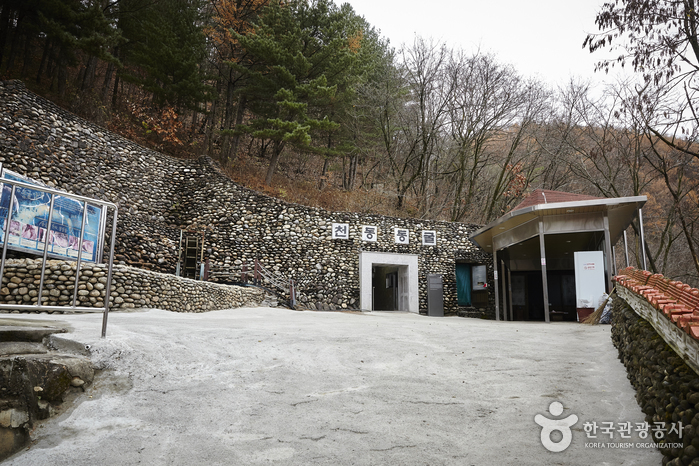
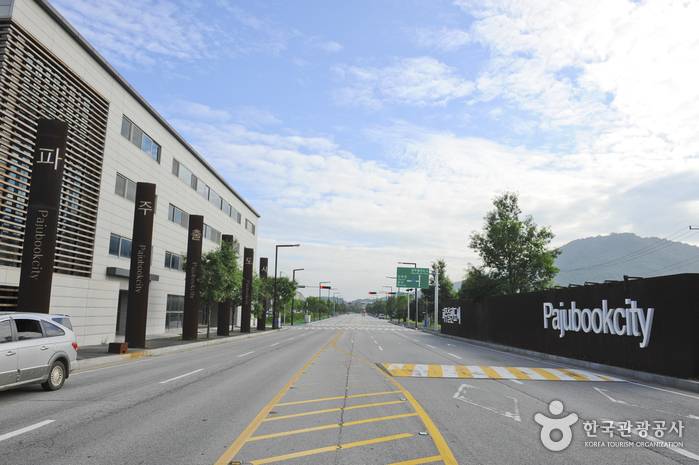
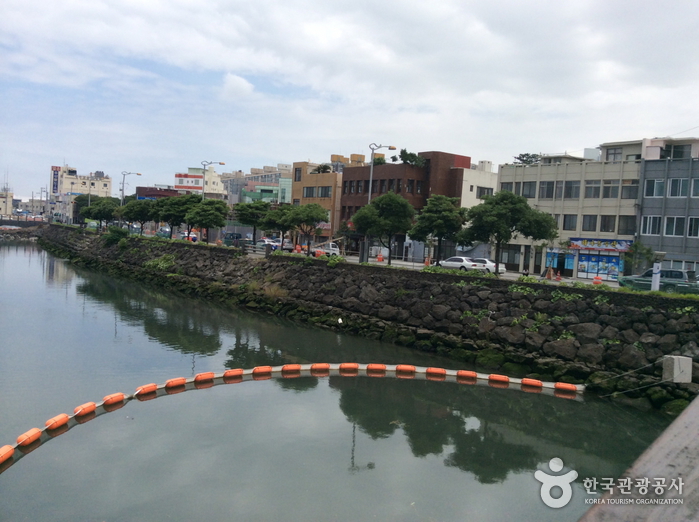
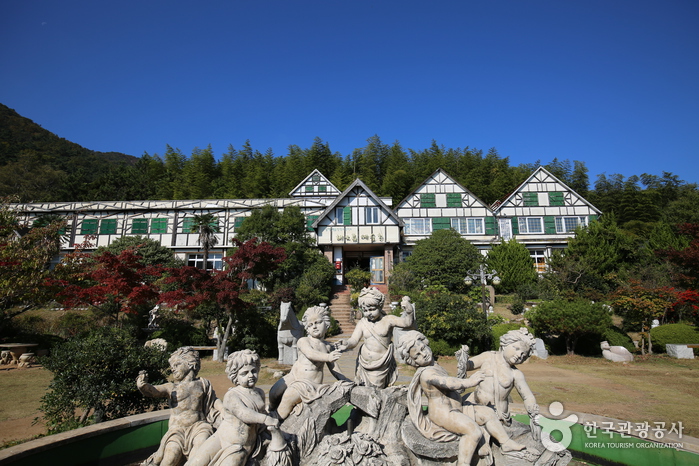
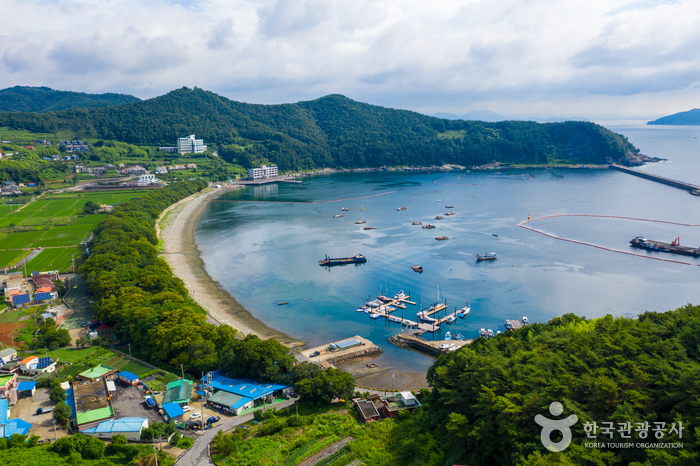
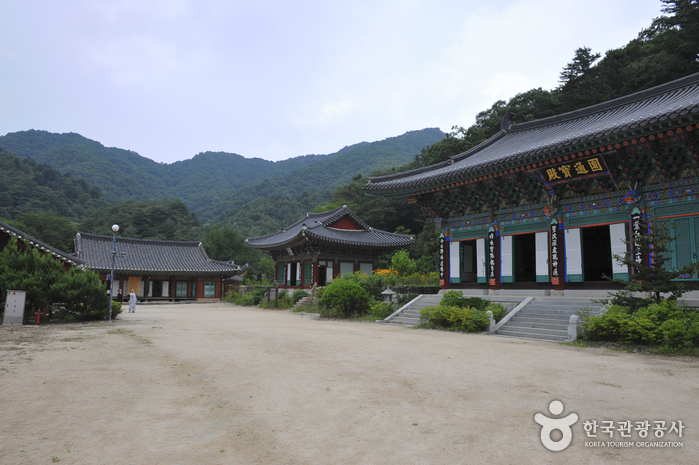
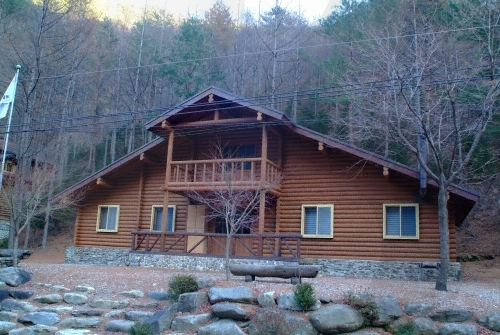
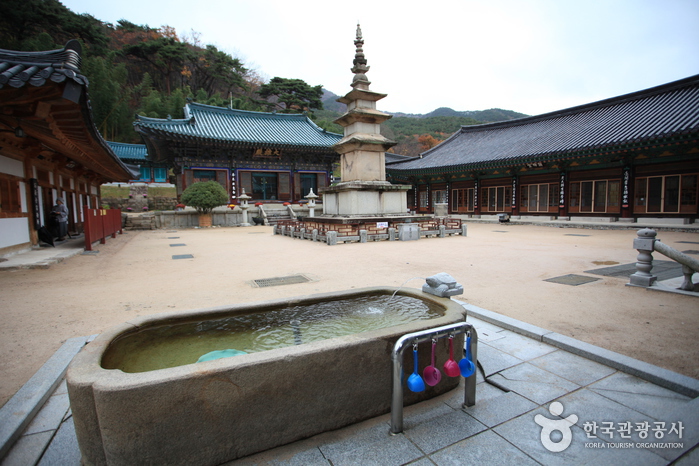

 English
English
 한국어
한국어 日本語
日本語 中文(简体)
中文(简体) Deutsch
Deutsch Français
Français Español
Español Русский
Русский